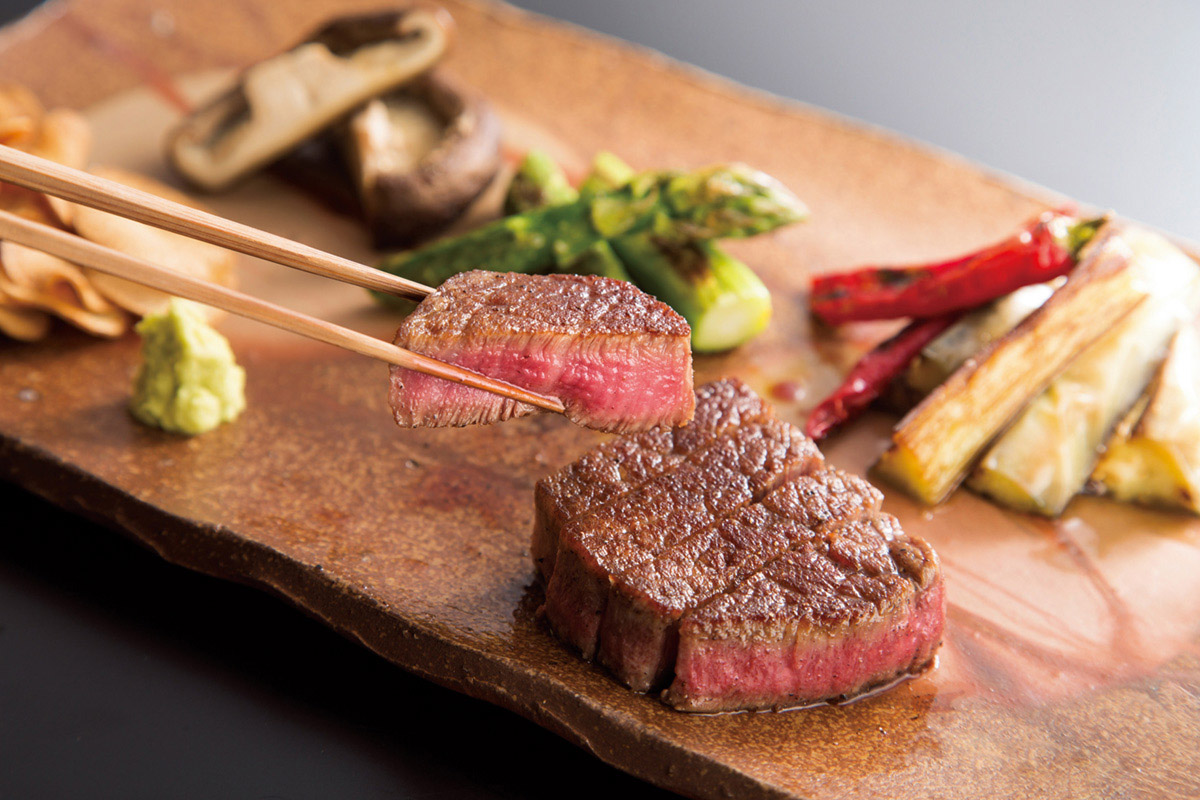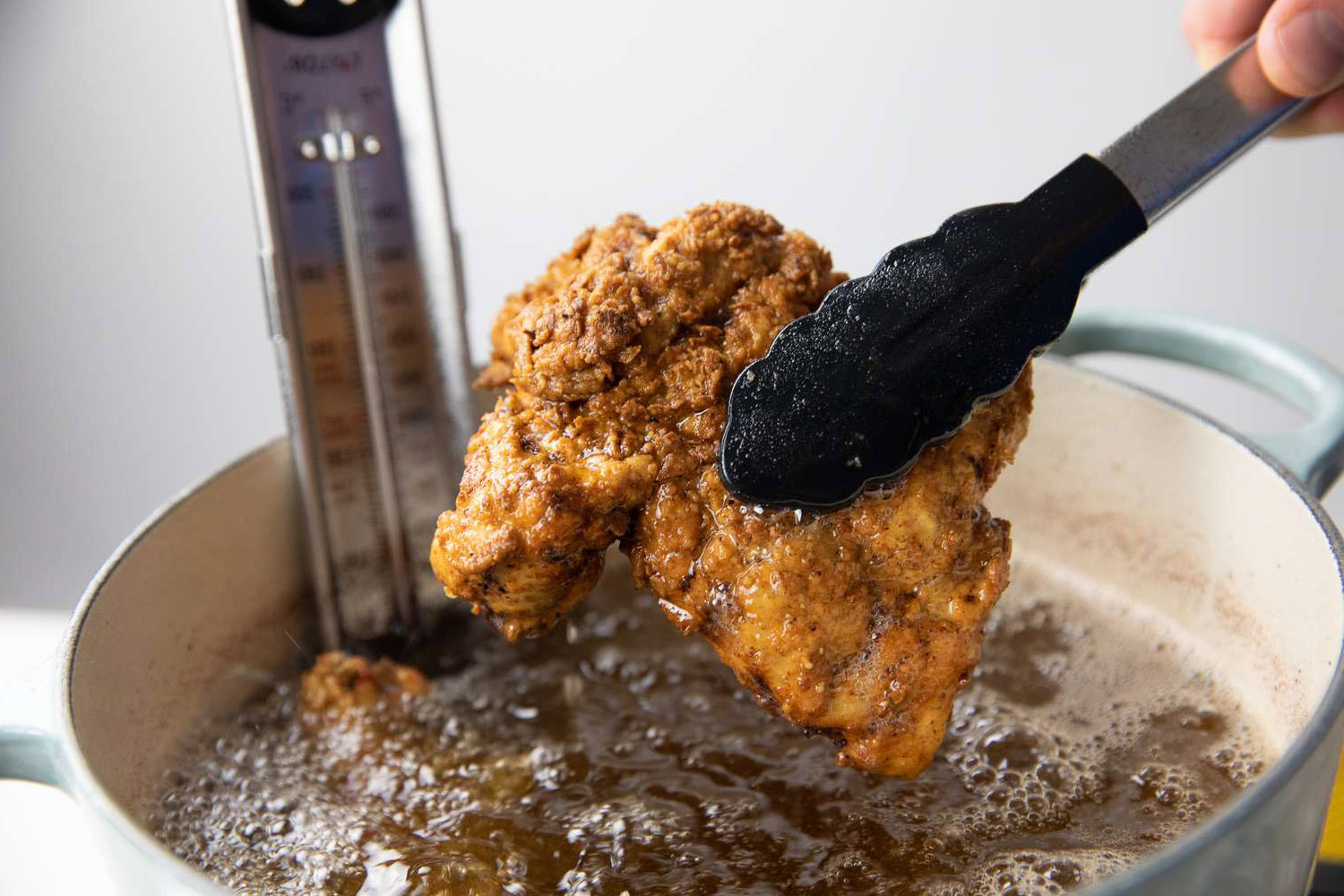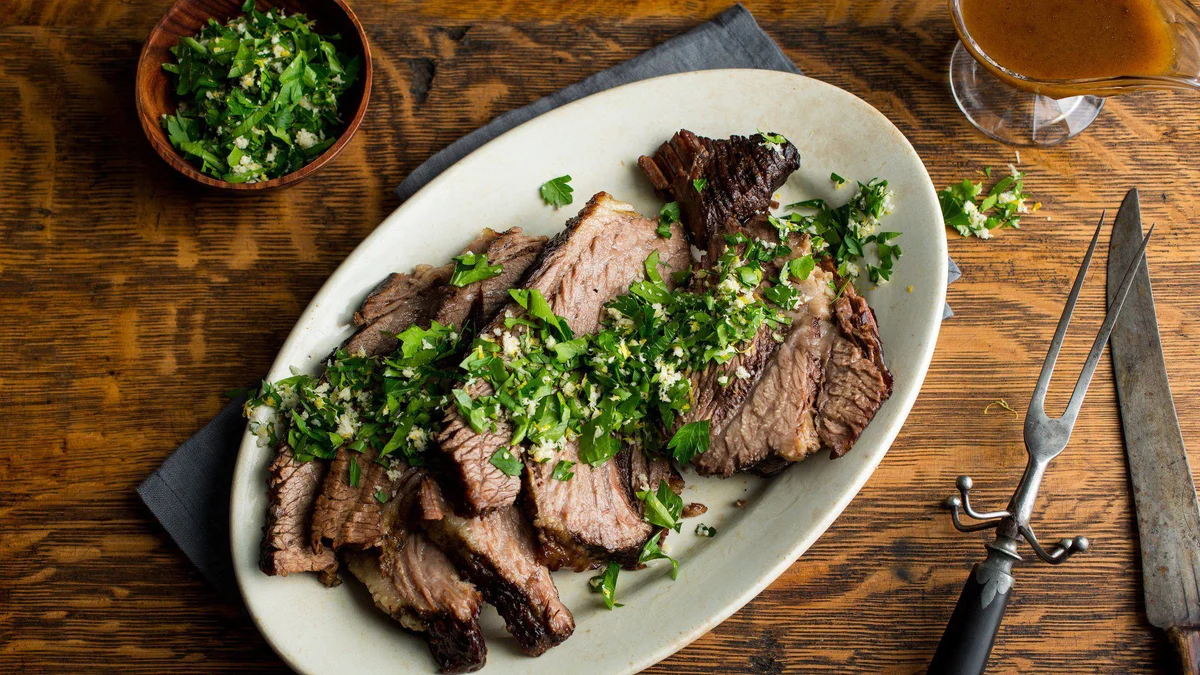Understanding Arsenic in Brown Rice
When it comes to healthy eating, brown rice is often touted as a nutritious choice. However, recent concerns about arsenic levels in rice have raised questions about its safety. So, what exactly is arsenic in brown rice and should you be worried? Let’s delve into the details.
What is Arsenic?
Arsenic is a naturally occurring element found in the Earth’s crust. It exists in two forms: organic and inorganic. Inorganic arsenic is the more toxic form and can pose health risks when consumed in high amounts.
Arsenic in Brown Rice
Brown rice, a whole grain rice variety, has been found to contain higher levels of arsenic compared to white rice. This is because the outer layer of brown rice, known as the bran, tends to accumulate more arsenic from the environment. As a result, the arsenic levels in brown rice can be a cause for concern, especially for individuals who consume it regularly.
Health Risks of Arsenic
Excessive exposure to arsenic has been linked to various health issues, including:
- Cancer: Long-term exposure to high levels of arsenic has been associated with an increased risk of certain types of cancer, including skin, lung, bladder, and liver cancer.
- Cardiovascular Problems: Arsenic exposure may contribute to cardiovascular diseases such as heart attacks and strokes.
- Diabetes: Some studies have suggested a potential link between arsenic exposure and an increased risk of developing type 2 diabetes.
- Neurological Effects: High levels of arsenic in the body may impact neurological function and cognitive abilities.
Regulatory Limits and Guidelines
In response to the concerns about arsenic in rice, regulatory agencies such as the U.S. Food and Drug Administration (FDA) have set limits on the allowable levels of arsenic in food products. These limits are designed to minimize the potential health risks associated with arsenic consumption.
Minimizing Arsenic Exposure
While the presence of arsenic in brown rice is a concern, there are steps that individuals can take to minimize their exposure:
- Vary Your Grain Intake: Instead of relying solely on brown rice, consider incorporating a variety of grains such as quinoa, barley, and bulgur into your diet.
- Rinse and Cook Rice Properly: Rinsing rice thoroughly before cooking and using a higher water-to-rice ratio can help reduce arsenic levels.
- Choose White Basmati Rice: White basmati rice from certain regions has been found to contain lower levels of arsenic compared to other rice varieties.
- Consider Organic Options: Organic rice may have lower arsenic levels due to differences in farming practices.
Conclusion
While arsenic in brown rice is a valid concern, it’s important to remember that moderation and variety are key. By diversifying your grain choices and following proper cooking practices, you can continue to enjoy the nutritional benefits of brown rice while minimizing your exposure to arsenic.
As always, consulting with a healthcare professional or nutritionist can provide personalized guidance on making informed dietary choices.
Was this page helpful?
Read Next: What Is Arby’s Horsey Sauce?











